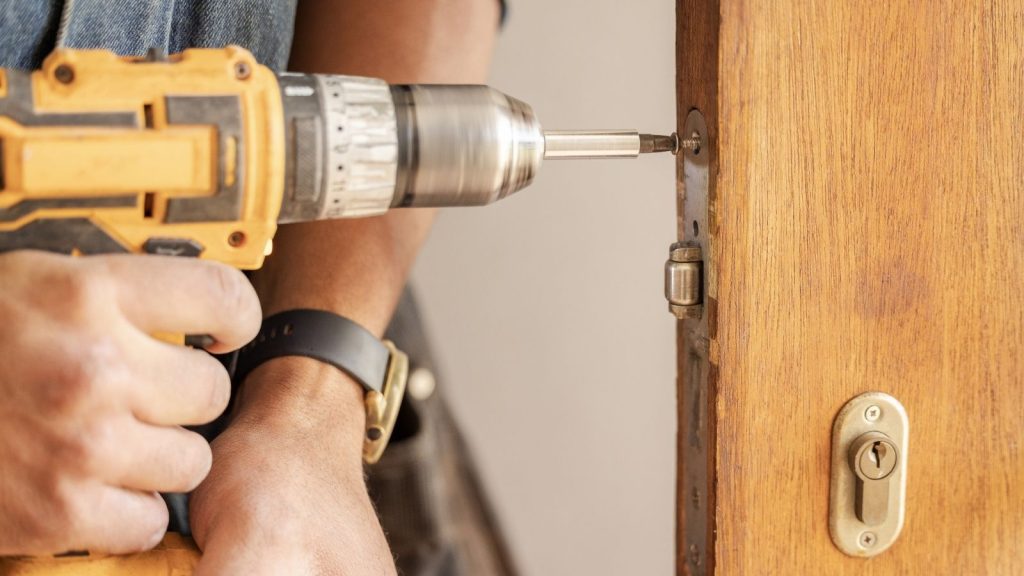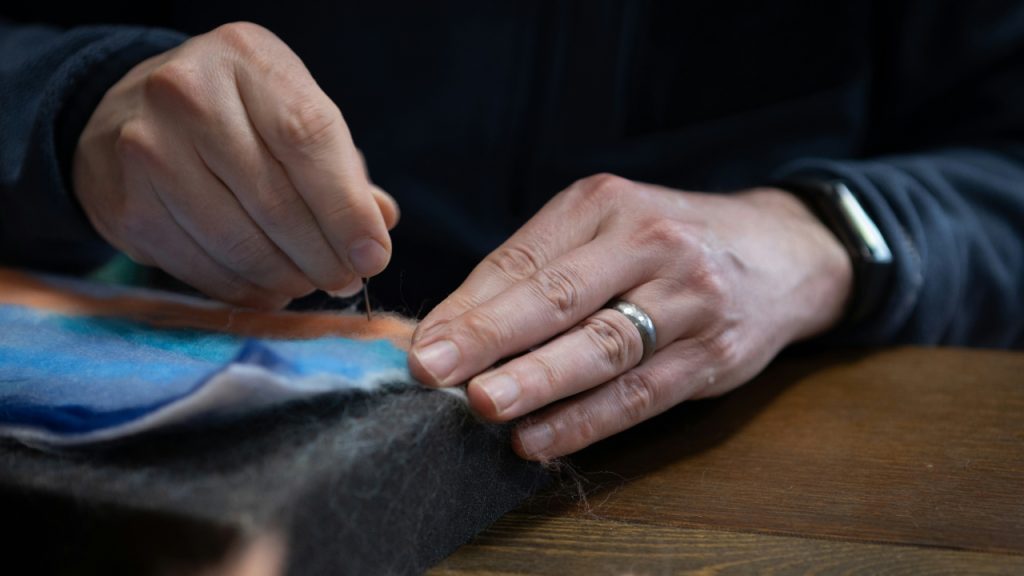Sometimes, building your preparedness kit can feel like walking through a maze of expensive gear and endless DIY YouTube tutorials. Should you drop $300 on that premium water filter, or make your own from basic materials? Is it worth learning to sew your own gear, or should you invest in ready-made equipment?

Here’s your practical guide to making smart choices about when to DIY and when to buy.
The Real Cost of DIY
Before you dive into any DIY project, consider these factors:
Time × Skills × Tools = True Cost
A “simple” DIY water filter might cost $30 in materials, but if you need to:
- Spend 3 hours learning the technique
- Buy $50 worth of tools you’ll rarely use again
- Risk making mistakes that waste materials
- Possibly end up buying a commercial filter anyway
Suddenly that $300 commercial filter doesn’t look so expensive, especially since it comes with warranty protection and quality assurance testing.
When to DIY
DIY makes the most sense when:
You Already Have the Skills
If you’re already handy with a sewing machine, making your own bug-out bag isn’t just cheaper – it’s an opportunity to customize every pocket and strap to your exact needs. Your existing skills turn DIY from a risk into an advantage.
You’ll Use the Skills Repeatedly
Learning to maintain and repair gear is almost always worth the time investment. Knowing how to patch a tent, fix a zipper, or repair tools means your gear lasts longer and works better when you need it.
The Project is Low-Risk
Making your own fire starters? Go for it! The worst case is they don’t light, and you’re out a few dollars. But DIY climbing gear? That’s betting your life on your crafting skills.
You Need Customization
Sometimes the perfect tool for your situation just doesn’t exist commercially. Maybe you need a storage solution for an oddly-shaped space, or gear that accommodates a specific disability. DIY lets you solve unique problems.
When to Buy
Pull out your wallet when:
Safety is Critical
Life-safety equipment like:
- Water filters
- Gas masks and filters
- Climbing gear
- Medical supplies
- Fire extinguishers
These aren’t places to experiment – buy from reputable manufacturers who test their products extensively.
Time is More Valuable Than Money
If you’re working overtime and barely keeping up with basic prep, spending your precious free time on DIY might not make sense. Sometimes the smart choice is to buy what you need and spend your time on skills practice instead.
Quality Requirements are High
Some items need precise manufacturing to work properly:
- Water filters
- Technical clothing with waterproof membranes
- Solar panels
- Communication equipment
Unless you have professional-grade skills and equipment, buying is usually smarter.
Initial Cost Isn’t the Whole Story
That DIY solar setup might cost half as much as a commercial system, but consider:
- Will it last as long?
- How efficient is it?
- What’s your time worth?
- Can you repair it easily?
- Does it meet safety codes?
Smart Compromises
You don’t have to choose all DIY or all commercial. Some smart combinations:
Buy the Base, DIY the Modifications
- Start with a quality commercial backpack, add your own custom pockets
- Buy a good tent, make your own footprint and gear organizers
- Get professional water filters, build your own distribution system
Learn to Maintain What You Buy
- Buy quality tools, learn to sharpen and maintain them
- Get good boots, learn to treat and repair the leather
- Invest in quality clothing, learn to patch and repair
DIY Your Practice Versions
- Make a practice version of expensive gear to test your needs
- Use DIY solutions while saving for quality gear
- Build temporary systems while researching permanent ones
Making Smart Choices: A Framework
Ask yourself these questions:
- What’s the worst that could happen if this fails?
- Minor inconvenience? DIY might be fine
- Loss of equipment? Weigh costs carefully
- Injury or death? Buy professional gear
- How often will I use this?
- Daily use needs quality and durability
- Occasional use might tolerate DIY solutions
- Emergency-only items deserve careful consideration
- What’s the true cost comparison?
- Materials + Tools + Time = DIY Cost
- Purchase Price + Shipping + Maintenance = Commercial Cost
- What are my real skills?
- Be honest about your abilities
- Consider the learning curve
- Factor in practice time and materials
The Bottom Line
The smartest preppers aren’t the ones who DIY everything or who buy the most expensive gear – they’re the ones who make practical choices based on their situation. Sometimes that means buying quality gear, sometimes it means building your own, and often it means finding the sweet spot in between.
Remember:
- Your time has value
- Skills matter more than stuff
- Safety isn’t the place to pinch pennies
- The goal is preparation, not perfection
Start with what you need most, make smart choices about DIY versus buying, and build your preparedness setup one step at a time. Focus on solutions that work for your real life, not someone else’s idea of what prepping should look like.
Whether you DIY or buy, the most important thing is having reliable tools and gear that you know how to use when you need them.
James is a former logistics coordinator and wilderness safety instructor, whose practical experience taught him the value of sensible preparedness and calm resilience. Passionate about self-reliance, James teaches everyday skills—like water purification, emergency communication, and outdoor safety—to help people confidently handle life's disruptions without fear or overwhelm. His approachable style combines real-world insights with relatable, personal stories and experiences.



